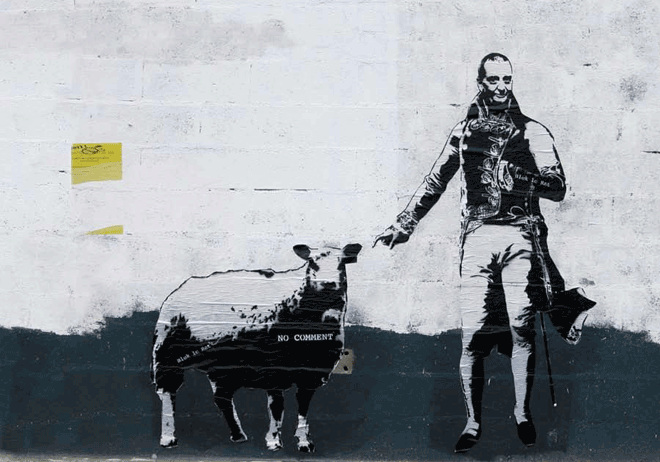

The Wrapping of the Coast-wrapped Two-and-a-half kilometres of coast and Cliffs up to 26 metres high.
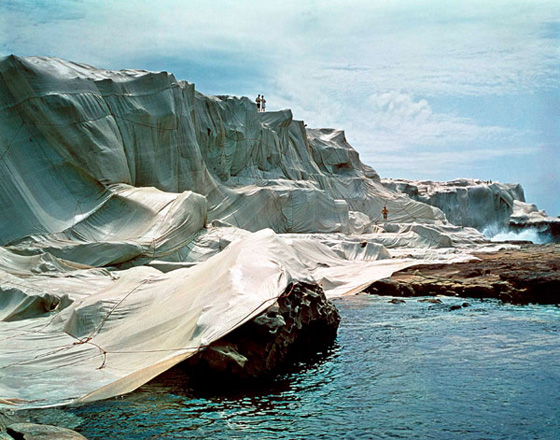
The wrapping of trees- wrapped trees in parks around the cities.

By: Robby Westbury




 Both of the artist were born on the same day, June 13, 1935. They first met in October 1958 in Paris, France. When they met Christo was doing a painting of Jeanne-Claude's mother. He was first attracted to her half sister Joyce. Jeanne-Claude was engaged when she first met Christo. She ended up pregnant by Christo and she still got married, but after the honeymoon she left her husband and went to Christo. They soon had a son named Cyril born on 11 May 1960. Jeanne-Claude's parents didn't approve of the relationship because of Christo's refugee status.
Both of the artist were born on the same day, June 13, 1935. They first met in October 1958 in Paris, France. When they met Christo was doing a painting of Jeanne-Claude's mother. He was first attracted to her half sister Joyce. Jeanne-Claude was engaged when she first met Christo. She ended up pregnant by Christo and she still got married, but after the honeymoon she left her husband and went to Christo. They soon had a son named Cyril born on 11 May 1960. Jeanne-Claude's parents didn't approve of the relationship because of Christo's refugee status.










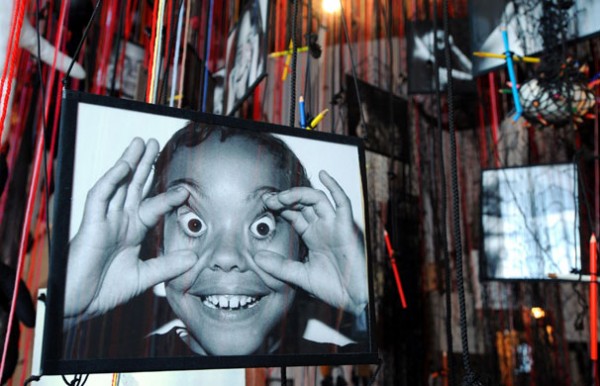
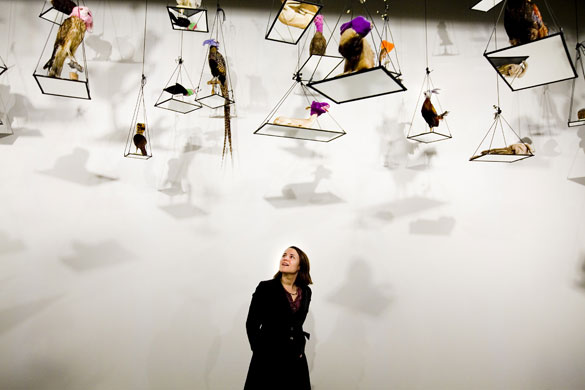
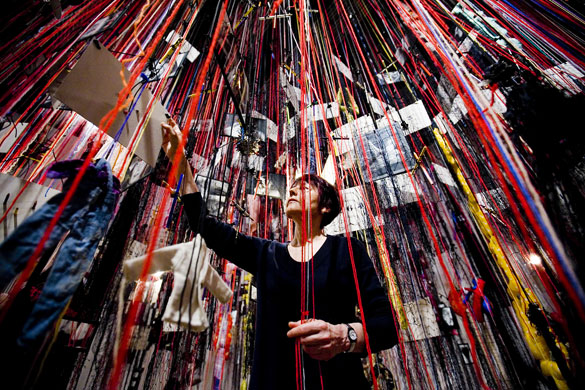
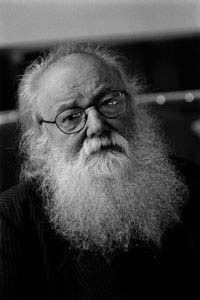







 Jeanne-Claude and Christo used the artistic technique of Nouveau Réalisme which means 'new realism'. Artists who used this technique took different aspects of the world and they would incorporate them into their works. Example: The "Running Fence" symbolized the Continental Divide in Colorado.
Jeanne-Claude and Christo used the artistic technique of Nouveau Réalisme which means 'new realism'. Artists who used this technique took different aspects of the world and they would incorporate them into their works. Example: The "Running Fence" symbolized the Continental Divide in Colorado.



What about it isn’t French, is more like it. He was a French photographer, born in France, and he took pictures of French life. I don’t know what else to say besides that? He was even in the French Resistance. I don’t know how you can get more French than that? He was a FRENCH photographer. He even married a French girl, Pierrette Chaumaison and had two French children, Annette and Francine. He lived in Paris his whole life. His photographs are of the French way of life, not America, not French. His pictures show the French lifestyle. I find the lifestyle of the French is very subtle. So instance, they are very quiet then they eat dinner. They are never loud or outspoken. I think his photos capture not only the uniqueness of life, but also the subtleness. Much like clothes, his photos can be loud, but subtle, and unique, but familiar. We all can relate to his pictures.
What are the major themes that your subject addresses?

